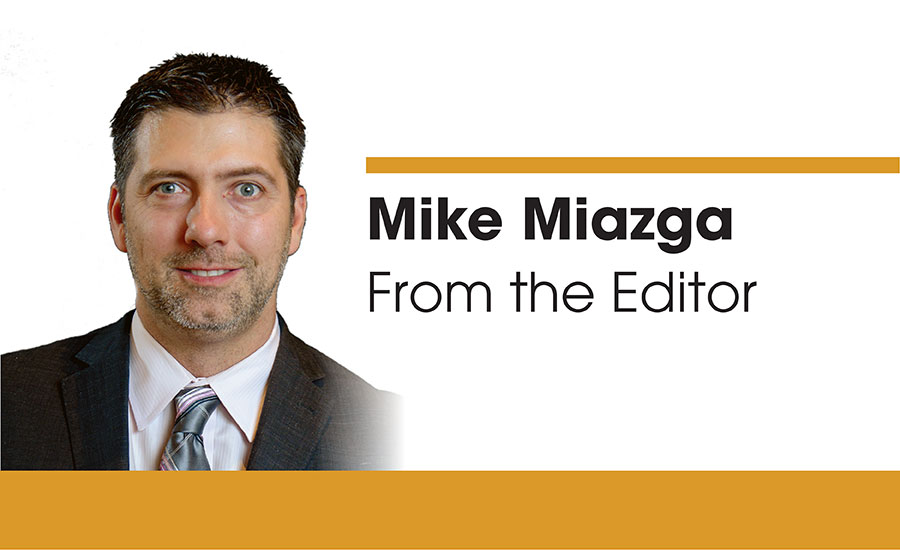New kids on the block
Generation Y is easier to understand than you think.

Generation Y is easier to understand than you think.
I officially am starting to feel old.
I always thought I fit the definition of Generation Y until I heard author Nadira Hira’s keynote speech at the Southern Wholesalers Association convention in Panama City Beach, Fla., in late June.
As Hira pointed out, to qualify for the Generation Y designation you need to have a birth year between the late 1970s and 1995. My early 1970s birth year bumps me back to the Generation X category (1964-1977).
But Hira wasn’t there to talk to the large gathering about us X’ers. She was there to address a key topic in the wholesale industry - the influx and successful integration of Generation Y into the workplace. Supply House Times columnist Josh Brown, a Generation Y’er who works in the industry, adds his interesting perspective on this topic here.
How swift is the Generation Y movement? The 31-year-old Hira noted my Generation X has a population of around 48 million in this country. The Generation Y group numbers 80 million, making it not only the largest, but fastest-growing workforce and consumer segment.
“There is no way to get around this generation,” she said. “There is no way you can run a company without them. Get on board. You have to work with this group whether you like it or not.”
The crux of Hira’s message was to help wholesalers with the “like it” category. I believe there is less of an “us vs. them” mentality when it comes to Generation Y’ers in this industry and more of a “how can the different generations better work together” state of mind.
Three key words from Hira’s speech stuck with me - honesty, opportunity and community. The honesty part with Generation Y’ers, she said, starts during the job-recruiting process.
“It’s easy to get them in the door, but the challenge is keeping them,” she said. “You can say, ‘Here’s our mission statement and this is who we are,’ but what are you really about? You don’t have to be green or diverse or socially responsible, but you have to be honest about the things you do. Create a holistic way that preaches your strategy.”
Hira recalled one particular employee at a company who had never been the lead engineer on a project. The employee’s concern quickly evaporated when given that designation. Though there was only one engineer on the project, the employee still received the desired title and opportunity.
“The No. 1 complaint by young people in the workplace is opportunity,” she said.
Hira, a former writer at Fortune, rolled out a number of thought-provoking statistics during her talk, which spilled over into a nearly hour-long Q&A side discussion after her keynote address. One dealt with a study of 60,000 job exit interviews where 80% of those queried left because of one bad management experience. This is where community comes into play with Generation Y.
“This generation craves community, but there is no sense on how to build it,” Hira said. “Feedback enhances community. Talk to these young folks and communicate to them. Push them out on a limb. Communicate to them what is so exciting about their job. Once you communicate, everybody up and down the chain benefits.”
Hira offered a more straightforward approach in cracking the Generation Y code. Simply remember the word “why.”
“The best advice I can give whether it’s in the office or as a consumer is to think of them not as just Generation Y, but Generation ‘Why?’,” she said in a Supply House Times video interview after her talk that can be viewed at Supply House Times’ YouTube channel.
“Any problem with this generation can basically be solved by giving the answer to that question. Why do you want me to do this? Why do you want me to come in at 8 a.m.? If they are giving you a little guff, answer that ‘why’ question and you will be aces.”
I have no doubt talks such as the one Hira gave and the work the various young executives groups are doing will help make this important generational integration a smooth one.
Links
Looking for a reprint of this article?
From high-res PDFs to custom plaques, order your copy today!







